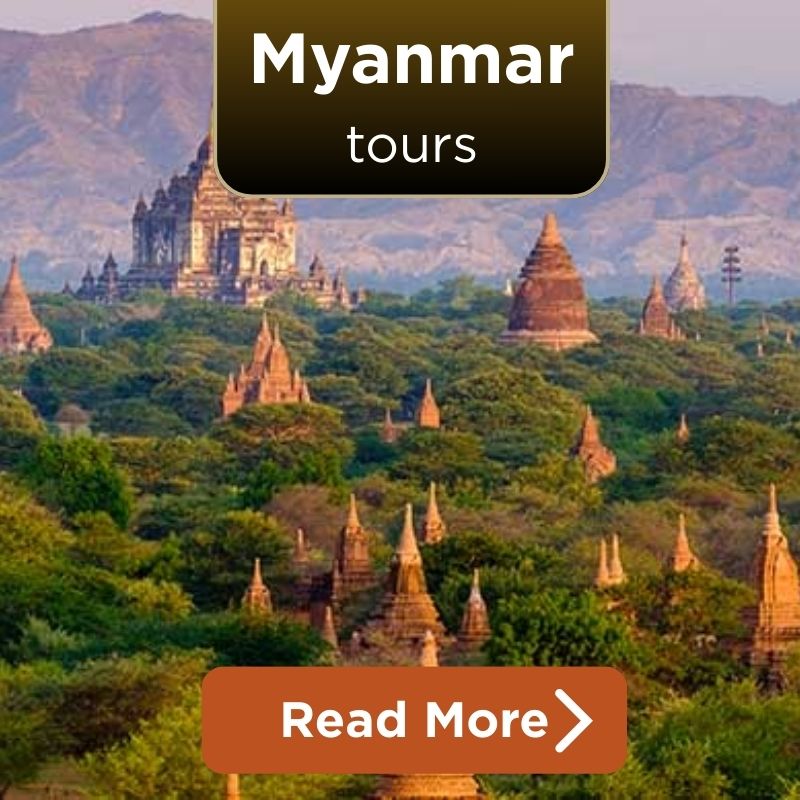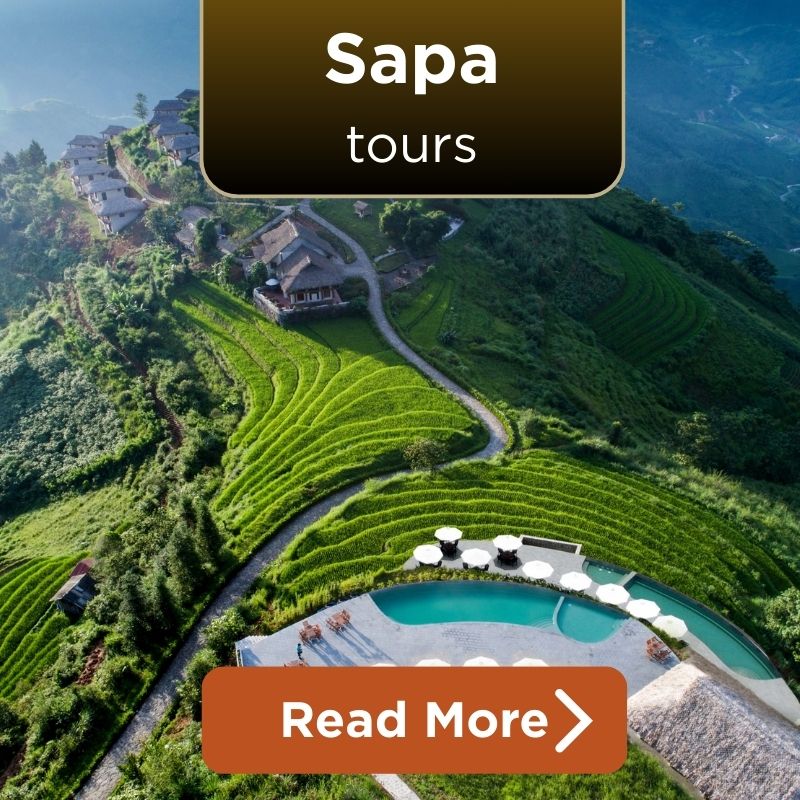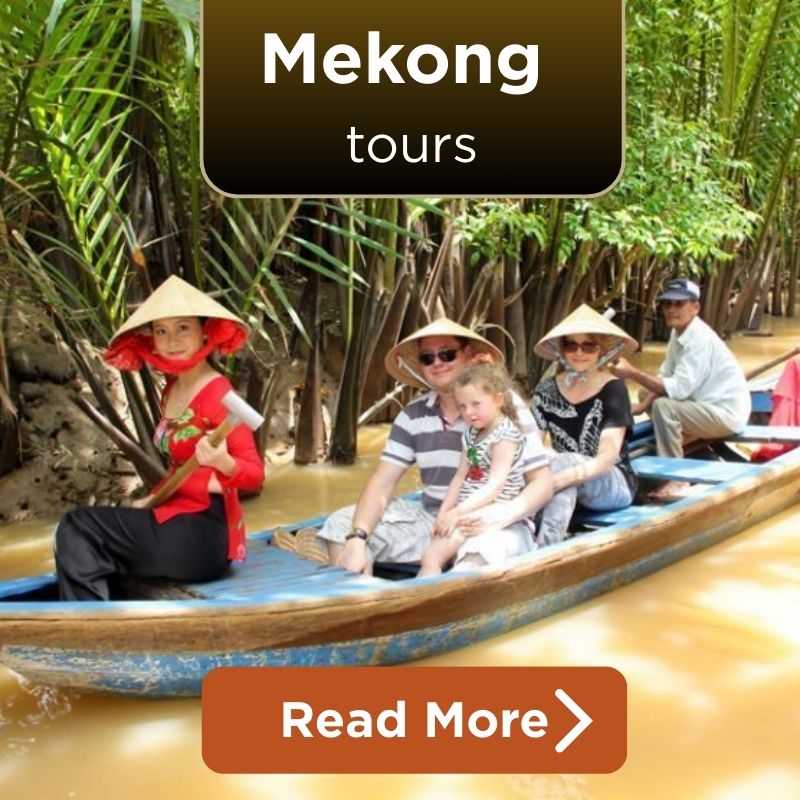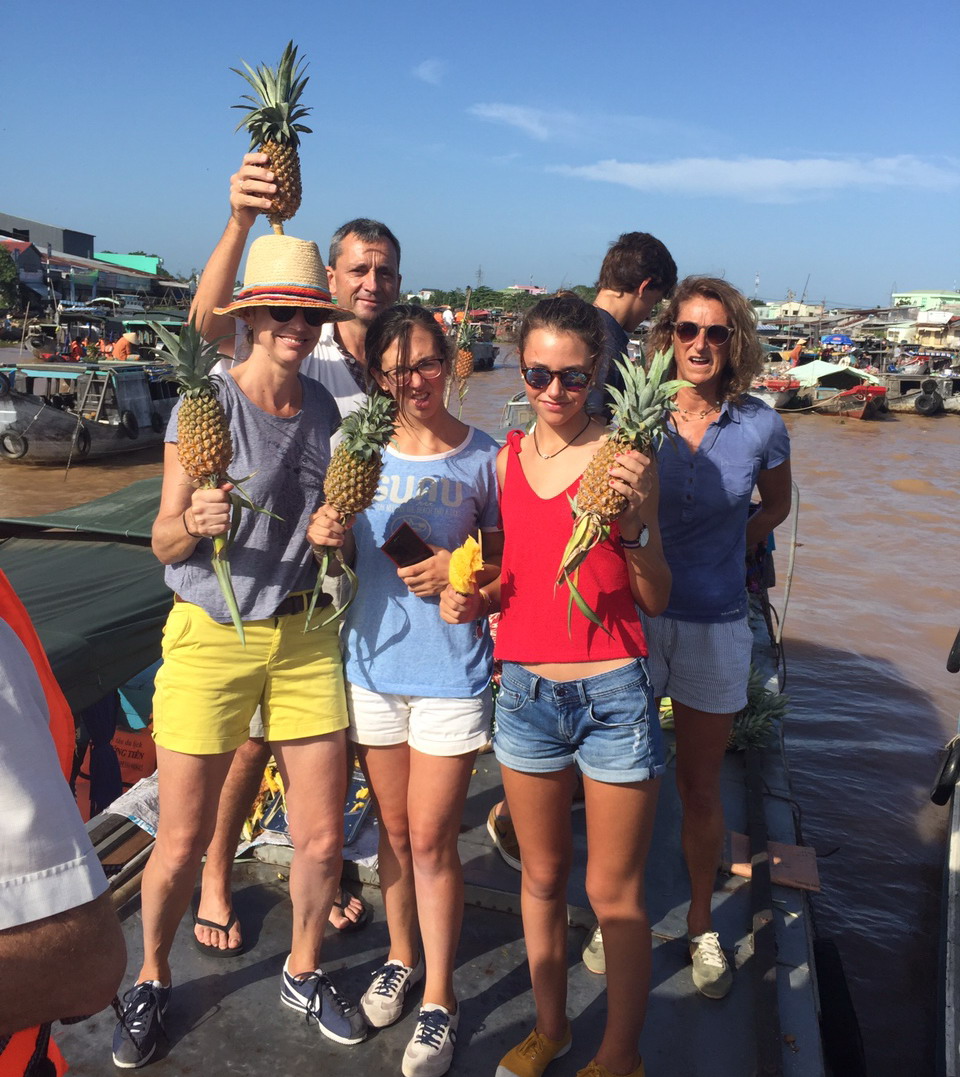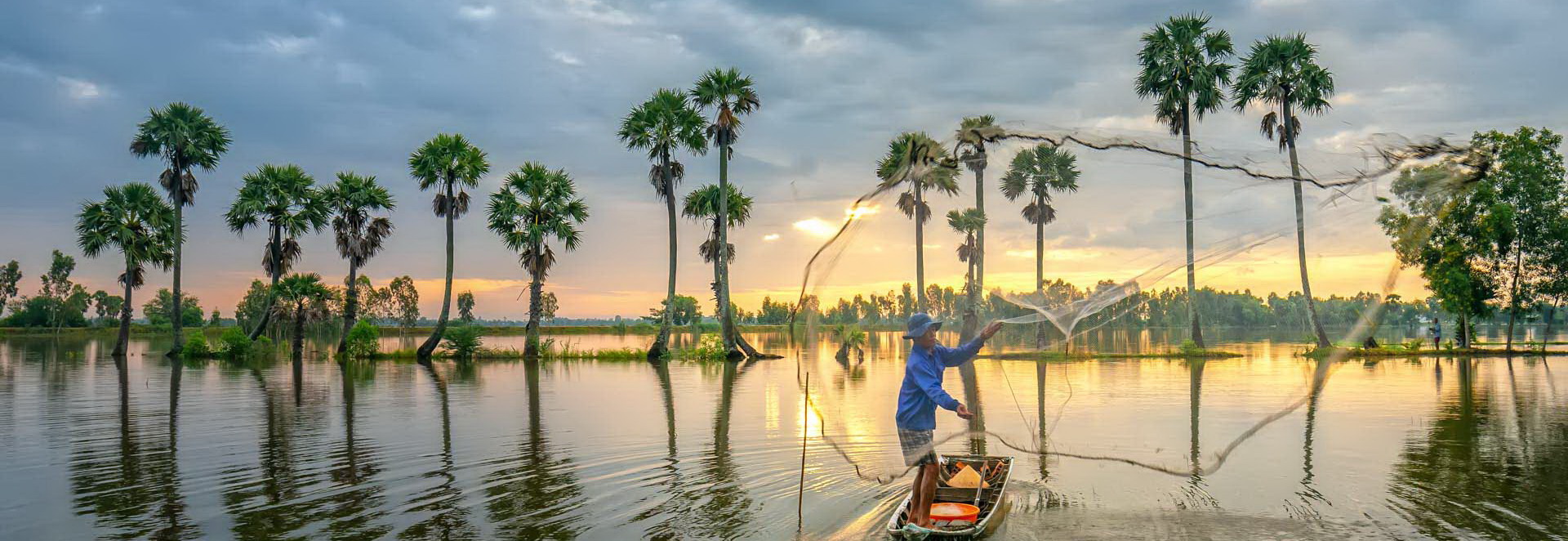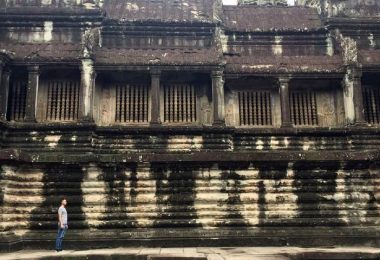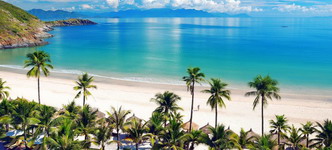The Mekong River – one of the world’s great rivers, as much for this length as its importance to the lives of tens of millions of people. Traveling some 4,350 kilometers – it rises on the Tibetan Plateau, then flows through China, Myanmar, Laos, Thailand, Cambodia, and, eventually, across Vietnam into the South China Sea. To appreciate the importance of the Mekong River, we need to understand its geography, ecology, and cultural impact. Read on to learn 10 interesting facts about the Mekong River, its source, wildlife, historical meaning, and more.
Origins and Length

Mekong River
One of the key facts about the Mekong River is its origin from the Tibetan Plateau, specifically from two main tributaries: the Za Qu and Ang Qu streams. Situated in the Qinghai province of China, some of these sources are in one of the highest regions in the whole world. The Ilagealza and its tributaries flow about 2100 miles from the sources to the sea and are considered the 12th longest river in the world and the 7th longest in Asia. With this immense length, it lies in between the other two major rivers the Yangtze and the Yellow Rivers, signifying its geographical importance.
Flowing through various landscapes – from the Tibetan highlands to the lush forests of Southeast Asia – this river embodies that dynamic nature. The Mekong is a lifeline for millions of people who depend on its waters for agriculture, fishing, and transport, and supplies several ecosystems along its course.
Countries the Mekong River Flows Through

Countries the Mekong River Flows Through
Among the interesting facts about the Mekong River is that flows through six countries: China, Myanmar, Laos, Thailand, Cambodia, and Vietnam. It is a river that is an integral part of the culture, and the economy of each country, and different countries benefit in different ways from this river. The river is named Lancang in China, where it is also used to generate electricity and to irrigate fields. As it passes through Myanmar for a short, shining sliver in the country’s Golden Triangle region, the Mekong is bustling with trade and tourism.
For Laos, the river has created much-needed hydroelectric power and income in its notoriously rugged terrain. The Mekong serves as an agricultural lifeline, with rice paddies and fishing flourishing along its banks, especially in Thailand and Cambodia. The so-called Rice Bowl of Vietnam, where the Mekong Delta is the core of the country’s rice basket, in Vinh Long, Vietnam.
Locally, the river shapes cultures, rituals, and livelihoods. The Cambodian water festival, Bon Om Touk, for example, celebrates the river and finalizes the rainy season.
The Mekong River’s Ecosystem

The Mekong River’s Ecosystem
The Mekong River has the second-highest biodiversity of any river in the world. Various species of fish, birds, and plants call it home. The Mekong River, home of the Mekong giant catfish (up to 300 kilograms in weight) and the Irrawaddy dolphin, is one of the places where these species are found. This underscores one of the key facts about the Mekong River: its ability to support these unique creatures.
The river ecosystem is of great significance in maintaining the environmental balance of the area. It also preserves large wetlands, floodplains, and forests which are important habitats for wildlife. The characteristics of the ecosystems also work to purify water, control floods, and cycle nutrients in ways that not only benefit the environment but also the millions of people living along the river.
Overfishing, habitat loss, and pollution are decimating the Mekong River’s unique biodiversity. Given the importance of the natural heritage and the fisheries resources of the river, it is urgent to undertake conservation efforts.
The Mekong River Commission

Water Resources Management Project
Another important facts about the Mekong River is that it is so important that it led to the formation in 1995 of the Mekong River Commission (MRC) for the promotion and coordinated management and sustainable development of the Mekong’s water resources. The commission comprises Laos, Thailand, Cambodia, and Vietnam while China and Myanmar are dialogue partners.
One of the key objectives of the MRC is therefore to help its member countries address the critical topic of transboundary water management, encourage cooperation amongst the member countries, and develop projects that provide benefits to the Mekong basin as a whole. It covers subjects like flood management, fisheries, and environmental protection, making certain that the river will go on to sustain the livelihoods of millions and remain genuine.
One such achievement of the MRC is the Mekong Integrated Water Resources Management (IWRM) Project, an effort to strengthen water governance and sustainable development in the region.
Seasonal Flow Variations

Agricultural activities
Among the facts about the Mekong River is that it has very significant seasonal flow variations since winter in southeast Asia is the dry season and in the summer (as the monsoon comes through), a tremendous amount of rainfall results. The rainy season usually takes place from May to October, and with significant precipitation and other rainfall, the river rises drastically raising the flow and going with faster currents that persist. On the contrary, the dry season falls between November and April where the volume of water becomes seriously decreased.
The Mekong Basin is heavily reliant on agriculture, and seasonal changes can wreak havoc on the regional way of life. Rain: During the rainy season, heavy rain falls and brings all the minerals that the earth needs. This also does a great deal for the rice paddies as well as other crops. Though highish water can also be pretty destructive to the environment, and have the potential to ruin many homesteads. In the dry season, water shortages could be a concern, to both irrigation and fish habitats.
Sustainable agriculture practices and broader adaptation and mitigation to changes in the flow regime that will ultimately prevent the negative impacts of floods and droughts on the dependent communities of the river will rely on how we understand and manage flow variations within the rivers.
The Mekong Delta

Mekong Delta
Vast amounts of arable land in the Mekong Delta in southern Vietnam is one of the most productive in the world. The delta is some 40,000 square kilometers (15,400 square miles) — an area with sediment piled up by the Mekong River. An important region for rice cultivation, the delta is the largest rice-growing region in Vietnam and owns 51 percent of the nation’s rice output, also a significant economic source of the country.
The delta landscape consists of rivers, canals, and swamps and is the largest of its kind in the world. Unfortunately, the area is also experiencing many problems / some of the challenges in the area include issues with flooding, deforestation, and, yes you have guessed it, climate change. Millions of people living in the delta could lose their homes, and vital agricultural land is likely to become salty under the double assault of rising sea levels and saltwater intrusion.
However, sustainable agricultural practices, infrastructure, and climate-resilient initiatives will need to be promoted to preserve the future of the Mekong Delta.
Hydroelectric Power and Dams

Hydropower on the Mekong River
Hydropower on the MekongOne of the most critical facts about the Mekong River is the development of hydropower projects along the basin, a controversial issue, because of its environmental and social costs. In the case of the river as it flows through China – where water from the river is known as the Lancang Jiang – several dams have been built. Impressive dams such as the monumental Xiaowan and Nuozhadu dams are some of the world’s largest.
Although these dams provide the important feature of producing electricity that leads to economic development they also interrupt the natural flow of the river, disrupting sediment transport and fish migration which alters the river’s ecosystem. This raised questions about the ecological health of the river and the health of the local communities downstream.
The building of the Xayaburi and Don Sahong dams in Laos has prompted a debate about the risks posed to river fisheries and the downstream populations who rely on the river. However, the region is still faced with managing the trade-offs between the benefits of hydroelectric power and the ecological needs of the Mekong.
Historical Significance
The Mekong River is rich in history as it was a crucible for early civilizations and an important trading route. The Mekong Delta region formed the heart of the ancient kingdom of Funan (1st century AD), the earliest more or less continuously settled, and most substantial of the many independent states that later developed in Southeast Asia. Trade thrived between India and China by way of the river.
The first European to observe the Mekong was Iberian explorer Christopher Conbo; casting off in 1540, he inadvertently opted to turn east, preventing him from the chance to return with his reports. During the 19th century, the river caught the attention of the French in particular, who were interested in using it as a means of penetrating Indochina to open up new markets and areas of expansion. The Mekong Expedition of Francis Garnier, by the 1860s, had thrown a lot of light on to the geography of the Mekong and its potential for navigation.
It is still a symbol of cultural and heritage tourism of the Mekong River, many temples, cities, and ruins during ancient times were found around the Mekong banks.
Economic Importance

Economic activities on the river
One of the most significant facts about the Mekong River is how important it is to the overall region of Southeast Asia in terms of economic stimulation. Millions rely on the ocean for a primary source of protein with a thriving fishing economy. The river is extensively used for irrigation, and water from the river also supports agriculture on the fertile plains of Cambodia, Laos, and Vietnam.
The Mekong is a highway for trade and transportation. The river is used to ferry goods and people across, connecting the hinterland to urban centers. Tourism on the Mekong has also burgeoned in recent years with a nascent appearance globally through the launching of Mekong Tours for the nature and cultural potential of the river as a major tourist attraction reaching other territories in the globe.
The economic activities built upon the Mekong River demonstrate how crucial the river is for the region as a whole, providing livelihood opportunities and helping stimulate economic growth.
Future Prospects and Challenges
In the future, the Mekong River will have some possible changes to its management, but it also face a powerful threat. Current and planned works seek to tap the river for development while keeping the conservation efforts alive. New tools and mechanisms, things as the Mekong Water Data Initiative are aimed at enhancing water management and building climate resilience.
At the same time, it has to deal with issues including, but not limited to, climate change, policy disputes, and environmental stresses. Warm weather and shifting rain and snowfall could diminish the river’s flow, affecting crops and fish. Involvement in water rights and dam design and situated from political clashes raise river power management to another order of complexity.
Conclusion
To sum up, the above 10 facts about the Mekong River, it clear the Mekong River has its importance, challenges, and efforts in place to conserve and sustain its fantastic legacy and sounds. Realizing the multipurpose role of the Mekong River can form the foundations for sustainable development, contributing to the connection’s interest and thinking of new points of interchanges in connection.
Don’t forget to regularly follow our Fanpage for more interesting information about traveling Mekong to and to book Mekong Tours at the best prices.









